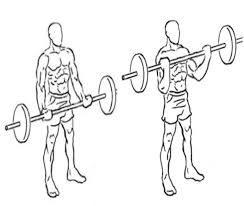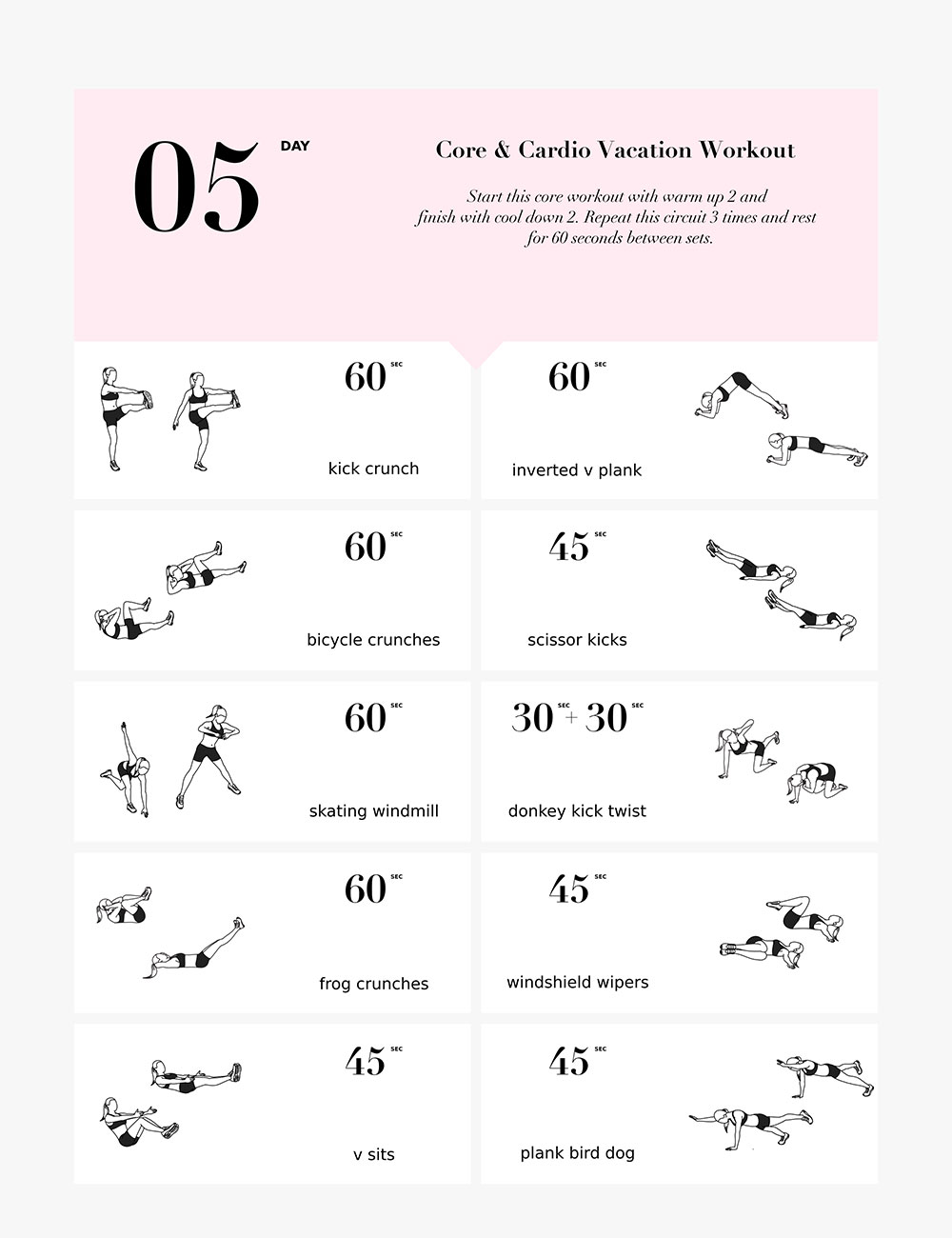
A complete leg workout includes exercises to target different muscle fibers. These exercises include the single-leg squat, lateral lunge, walking lunge, glute bridges, and single leg straightening. Begin by bending the knee of your front leg and placing the weight through your front heel. Then, lower your back knee. You will place the weight in this position on the sole of your foot and the ball of your foot.
lateral lunge
The lateral lunge can be a great way to strengthen and extend your legs. It can be done in many different ways. To increase the movement, one way is to hold onto something in your hand to balance yourself.

Single leg squat
Single leg squat is a basic leg exercise. You can sit on a bench and raise your leg while lifting dumbbells. The most important thing is to maintain your form and balance throughout the exercise.
Walking lunge
The walking lunge, a simple exercise that gives your legs a good workout, is simple. This exercise works your quads, glutes and hamstrings. This full-body workout also strengthens your core. Stand with your feet shoulder-width apart. Place a dumbbell (or a barbell) in front of your face. Swing your body to the left, then to the right. Continue the exercise with the opposite foot. Do two or three sets of each.
Glute bridges
Glute Bridges are a great exercise to activate and stabilize glutes. This single leg exercise targets your gluteus maximalus, hamstrings, and transverse abdominalis. The resistance band can also be helpful in activating the glute medius.
Squats
The Complete leg workout should be done twice a weeks with squats, and preferably in two separate training sessions. Your workout can be maximized if you are able to use the right weight and do proper ramp-ups. You should warm up before starting any exercise to avoid overstraining your muscles.

Leg press
Leg press is a great exercise to increase strength and size in your legs. It can also be helpful in targeting muscular imbalances and injuries. The traditional leg pressing involves placing your feet on the platform with your toes up. This position targets mainly the quadriceps muscles. An alternate position involves placing the feet wider than hip width apart and toes pointing 45 degrees outward.
FAQ
Why is it important to get enough rest?
For a healthy lifestyle, sleep is vital. Your body needs sleep to heal itself from daily stressors. Your ability to function optimally during the day is dependent on how much sleep you get each night.
How Can I Get Started With Fitness?
Start small! You can start by taking 10 minutes each week to walk around the block. This will teach you the basics of movement and give your muscles time for adaptation. Once you are comfortable with this form of exercise and have gained some experience, you can start adding steps to your daily workout routine.
Does exercise cause me to lose weight?
Yes. Regular exercise will help to reduce weight by burning more calories. Your metabolism will remain high, so you can continue to burn calories even though you're not exercising.
How nutrition and exercise can make your life better.
Exercise can help you lose weight, gain muscle mass and reduce stress. Nutrition is crucial for your energy, mood, health, and sleep. For a longer life expectancy, reduce your intake of meat and alcohol, smoke less, and exercise regularly.
Which Is More Important: Exercise, Diet, or Sleep?
It all depends on your goals. If you want to lose weight, diet is the most important factor. For building muscle mass, exercise is key. The last factor is sleep, which only impacts how well you perform during your day.
Can I have alcohol at work?
You shouldn't consume alcohol while working out because it has calories. It is possible to increase your endurance by drinking moderate amounts of alcohol (one glass per day). It may also reduce fatigue from exercise and muscle aches.
Exercise can I make my body gain weight?
Not at all. In fact, exercise helps you to maintain your current weight. When you work out regularly, you'll build muscles and increase your metabolism, helping you burn more calories throughout the day. This means that you won't store so much fat.
Statistics
- Globally, 28% of adults aged 18 and over were not active enough in 2016 (men 23% and women 32%). (who.int)
- Globally, 81% of adolescents aged 11-17 years were insufficiently physically active in 2016. (who.int)
- An estimated 110,000 deaths per year could be prevented (cdc.gov)
- In high-income countries, 26% of men and 35% of women were insufficiently physically active, as compared to 12% of men and 24% of women in low-income countries. (who.int)
External Links
How To
How to burn belly fat faster
Belly Fat is often considered a problem for those who want to lose weight. If you look at it, belly fat is actually a positive thing. It is the fat in your stomach that protects your organs. Let's now see how to quickly lose belly fat.
Stress and inactivity are two of the major factors that cause us to store body fat. Because of its stimulation of the production hormone cortisol, stress can make us feel hungry continuously. Cortisol can increase insulin levels in the blood. The insulin then stores extra calories as fat. A lack of sleep leads to adrenaline being released into the system which causes an increased appetite. These extra calories can also be reduced by exercise
There are many options to reduce belly weight. You can try any one of them depending upon your budget. Here are some tips to help you get rid of belly fat quickly.
-
You can eat less. You should eat smaller meals throughout the day than you would if you ate three big meals. You'll eat fewer calories this way.
-
Make sure you drink plenty of water. Water flushes out toxins in your body and helps you stay hydrated. Water before each meal can help you feel fuller longer and reduce your appetite so that you don't overeat.
-
Avoid snack foods that are unhealthy. If you're looking for quick fixes, snack foods like chips, cookies, candies, etc. might seem tempting. These sugary treats have lots of empty calories so avoid them. Choose healthier alternatives such as whole grains, vegetables, fruits, seeds, nuts and seeds.
-
Do strength training exercises at least three times per week. Strength training builds muscle mass and burns more calories when you're not working out. Strengthening your bones, muscles as well ligaments, joints, tendons, heart and lungs.
-
Walking or stretching is a good habit to do regularly. Stretching is a great way to increase flexibility and mobility. This helps reduce back pain. Walking can help you burn calories.
-
Reduce alcohol intake. Alcohol adds empty calories to your diet and has no nutritional value whatsoever.
-
Slowly lose weight. First, determine your current weight. Calculate your ideal weight by adding approximately 5% to 10% of the total weight. Once you have determined your ideal weight, you can start to reduce your calorie intake by 500-1000 calories per day until you reach it.
-
Avoid processed foods. These foods have high amounts of salt, sugar, and preservatives. While processed foods can be convenient, they don't offer enough nutrients to ensure your health.
-
Don't skip breakfast! Eating breakfast improves concentration, memory, and energy level. Breakfast should include protein (like eggs), fiber (like oats), and complex carbohydrates (like oatmeal).
-
Have regular bowel movements. Constipation and irregularity cause bloating and gas. Drink plenty of water to prevent gas and fiber ingestion.